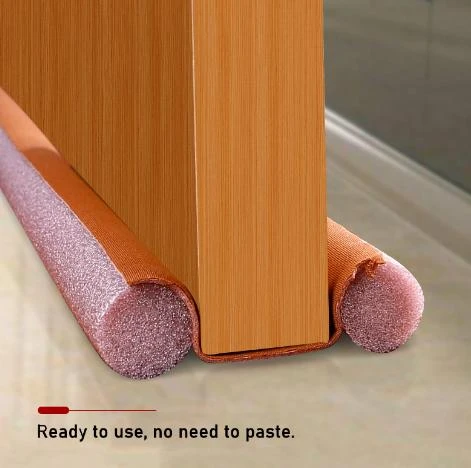drainage mat for roof
The Importance of Drainage Mats for Roofs
Proper water management is crucial for the longevity and integrity of any roofing system. One innovative solution that has gained popularity in recent years is the use of drainage mats for roofs. These specialized mats play a significant role in controlling water accumulation, enhancing drainage, and ensuring the overall health of the roofing structure.
What Are Drainage Mats?
Drainage mats are permeable materials designed to facilitate the movement of water away from a roof's surface. Typically made from a variety of materials such as high-density polyethylene (HDPE), geotextiles, or rubber, these mats have a structured surface that encourages the efficient flow of water, preventing pooling. They are particularly useful in flat or low-slope roofs where water can accumulate due to insufficient drainage systems.
The Benefits of Using Drainage Mats
1. Enhanced Water Flow One of the primary functions of drainage mats is to facilitate quicker water flow off the roof. By providing a pathway for water to travel, these mats help divert rainwater into designated drainage systems, reducing the risk of leaks and water damage.
2. Prevention of Water Accumulation Standing water can lead to significant problems, including structural damage, mold growth, and decreased insulation effectiveness. Drainage mats effectively prevent water from pooling by quickly channeling it away from vulnerable areas.
3. Protection of Roofing Materials The presence of standing water can weaken roofing materials over time. By utilizing drainage mats, building owners can safeguard their roofs against premature deterioration, ultimately prolonging the life of the roofing system.
4. Improved Insulation Performance If water collects on a roof, it can dampen insulation materials, resulting in decreased energy efficiency. Drainage mats help maintain a drier environment, ensuring that insulation remains effective, which can lead to lower energy bills.
5. Ease of Installation and Maintenance Modern drainage mats are typically lightweight and easy to install, which can reduce labor costs during installation. Additionally, they require minimal maintenance, as they are designed to be durable and resistant to various environmental conditions.
drainage mat for roof

Types of Drainage Mats
There is a variety of drainage mats available in the market, each designed to suit different roofing applications
. Some common types include- Drainage Board Systems These are rigid panels that include channels or grooves to facilitate drainage. They are often used in green roofs, where water retention needs to be balanced with proper drainage.
- Geotextile Mats Made from permeable fabrics, geotextile mats allow water to flow through while providing filtration. They are commonly used in landscape applications to prevent soil erosion.
- Drainage Composites These mats combine drainage layers with filtration and protection components, making them versatile for various roofing needs.
Sustainability Considerations
As urban areas expand and green roofing systems become more prevalent, the role of drainage mats is taking on new importance. Many drainage mats are designed with sustainable materials and can be integrated into green roof systems that promote biodiversity and reduce urban heat effects. By ensuring effective water management, drainage mats contribute to the environmental sustainability of building practices.
Conclusion
In conclusion, drainage mats for roofs serve a critical function in modern building design. Their ability to manage water effectively not only protects roofing materials but also enhances the overall energy efficiency and longevity of the structure. With the increasing emphasis on sustainable construction practices, the use of drainage mats is likely to continue growing. For architects, builders, and property owners looking to optimize their roofing systems, investing in quality drainage mats is undoubtedly a wise decision that pays off in performance and durability. Whether for commercial buildings or residential homes, these mats are an essential component of effective water management strategies, contributing to the long-term success of any roofing project.
-
Under Door Draught Stopper: Essential ProtectionNewsJul.31,2025
-
Garage Door Seal and Weatherstrips for ProtectionNewsJul.31,2025
-
Edge Banding Tape for Perfect EdgesNewsJul.31,2025
-
Table Corner Guards and Wall Corner ProtectorsNewsJul.31,2025
-
Stair Nose Edging Trim and Tile Stair SolutionsNewsJul.31,2025
-
Truck Bed Rubber Mats for Pickup BedsNewsJul.31,2025
-
Window Weather Stripping for Noise ReductionNewsJul.29,2025